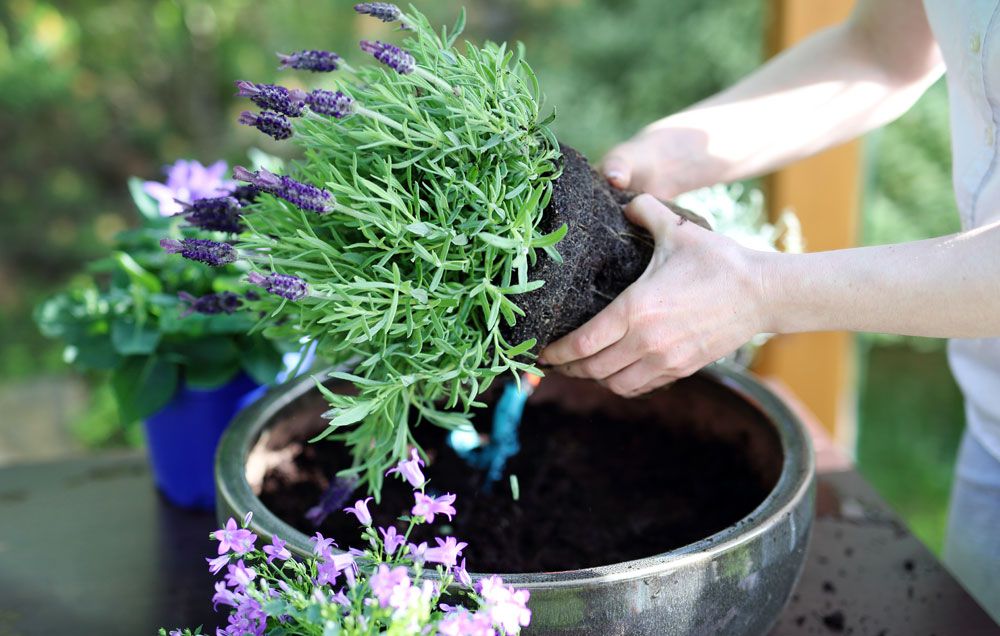Welcome to our Container Gardening Guide! Whether you’re a seasoned green thumb or a novice planter, our blog offers expert tips, creative ideas, and practical advice for cultivating flourishing gardens in limited spaces. Discover how to transform balconies, patios, and windowsills into vibrant havens of natural beauty. Let’s grow together!
Choose the Right Containers
Select containers that are appropriate for the plants you want to grow. Consider the size, material, and drainage holes. Terra cotta, plastic, and wooden containers are popular choices. Make sure the containers have drainage holes to prevent waterlogging.

Select Suitable Plants
Almost any plant can be grown in a container, but some are better suited than others. Choose plants based on your climate, available sunlight, and the size of your containers. Herbs, flowers, vegetables, and even small trees can thrive in containers.

Use Quality Potting Mix
Invest in a high-quality potting mix that is well-draining and nutrient-rich. Avoid using garden soil, as it can become compacted and may contain pests or diseases. You can also create your own mix using equal parts compost, perlite, and peat moss.
Provide Adequate Drainage
Ensure your containers have drainage holes at the bottom to prevent water from pooling and causing root rot. You can add a layer of gravel or broken pottery shards at the bottom of the container to improve drainage.
Water Regularly
Container plants typically require more frequent watering than those in the ground, as they can dry out quickly. Check the moisture level of the soil regularly and water as needed, keeping in mind that overwatering can be just as harmful as underwatering.
Fertilize Appropriately
Container plants need regular fertilization to replenish nutrients that leach out with watering. Use a balanced, water-soluble fertilizer or a slow-release fertilizer formulated for container plants. Follow the instructions on the fertilizer package for application rates.

Provide Adequate Sunlight
Most plants require at least 6-8 hours of sunlight per day to thrive. Place your containers in a location that receives the appropriate amount of sunlight for the specific plants you’re growing. Consider the sun exposure requirements of each plant when deciding on placement.
Monitor for Pests and Diseases
Keep an eye out for pests such as aphids, spider mites, and whiteflies, as well as common diseases like powdery mildew and leaf spot. Remove any affected leaves or treat with organic pest control methods to prevent the spread.
Prune and Deadhead
Regularly prune your container plants to promote bushy growth and remove dead or diseased foliage. Deadheading flowers encourages continuous blooming and keeps the plants looking tidy.

Consider Companion Planting
Some plants benefit from being grown together due to mutual pest repellent properties, improved pollination, or complementary growth habits. Research companion planting combinations to maximize the health and productivity of your container garden.

